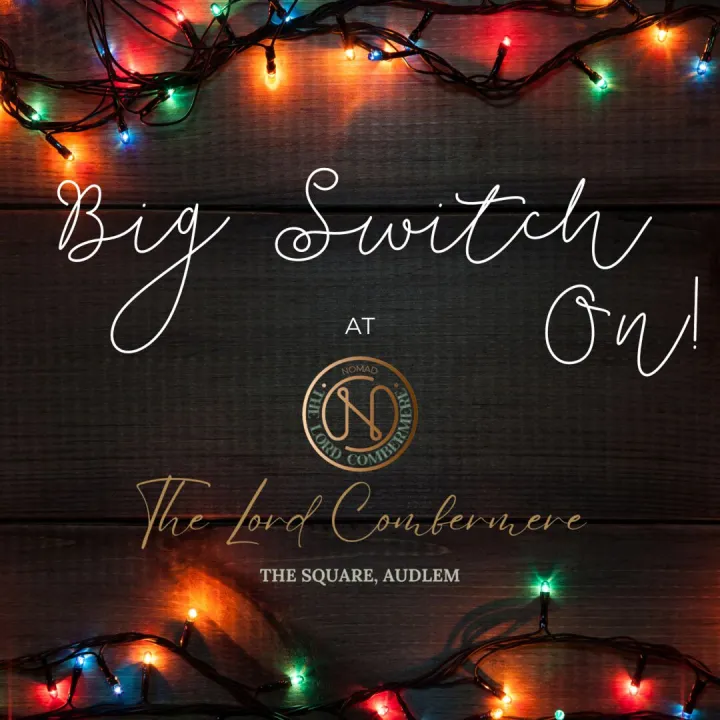







A GLIMPSE OF LIFE ON THE SHROPSHIRE UNION CANAL
By Graham Dodd
Thank you to Graham Dodd who stepped in at the last minute to give this interesting, illustrated talk to the Audlem and District History Society on Thursday 19th January.
Graham Dodd has a wealth of knowledge on many aspects of local history, as The Shropshire Union Canal is so part of this area we knew we were in for a treat.
By 1870 Fly Boats were taking 18 tons of cargo between Gas Street Basin in Birmingham to Ellesmere Port where it was transshipped and taken up to Manchester, a journey of 83miles. As they needed to travel fast the horse driven Fly Boats were given priority at locks, the crew of 4 worked shifts and a 24hrs a day. They travelled at 3 miles an hour, the horses were changed every 20 miles. The journey from Gas Street to Ellesmere Port and back took a week. Fly Boats were recognised by a black roundel on a white back ground on the front on the boats.
The Shropshire Union Canal was built in stages between 1765 and 1835, getting to Nantwich in 1779. Trees were planted on spare ground to be used for maintaining lock gates as well as building narrow boats. Gates were built of oak, the paddles were elm. Lengthsmen, were about every 2-3 miles and in charge of maintenance, and looking out for breaches as well as maintaining water levels. In the case of a breach, stop boards were put into slots in the sides of the canal, usually under bridges to minimise the loss of water. There was a large breach at Shebdon Bank in 2009 which was expensive to mend.
During the winter ice boats were used to break up the ice to keep the boats moving. These boats had thick hulls, men on the boat would rock it to break up the ice.
In Audlem, The Thick, flight of 15 locks lifted the water level 93ft. There are various huts and buildings on the flight used as workshops, lock keepers huts, Storage and for keeping stop boards in.
Boatmen were a mixed bunch, they worked hard, drank hard and swore a lot, when work became harder to get, families were moved onto the boats as workers. The church was worried about their morals as only 2%of boaters were church members.
Inter family marriage was common. Schooling was also problem, as families were always on the move. Legislation was brought in but that was hard to enforce. Inspections were carried out. One place used was the aqueduct at Nantwich. Missions were set up along the canal, there was one on the upper floor of the then warehouse which is now the Shroppie Fly pub in Audlem.
Motors were added to boats and would be worked in pairs of boats, one the motor which would pull a second boat called a butty. This was steered by the wife. At quiet moments she would clean, look after smaller children and cook the tea. A hard life but many were sad to have to move back on the bank but would try and live close to the canal which was so much part of their lives.
The boats carried many products, coal, lron, chocolate and cheese, etc. Local cheese was brought to the wharf in Audlem to be shipped north and south. In the summer the cheese was covered in a white sheet too keep it cooler.
Grahams Dodd gave a fascinating, well researched and interesting talk on what life on the canal was like. Thank you – and we look forward to the next time you come and give one of your talks on so many different local subjects.
Valerie Mackin
Get In Touch
AudlemOnline is powered by our active community.
Please send us your news and views using the button below:
Email: editor@audlem.org





